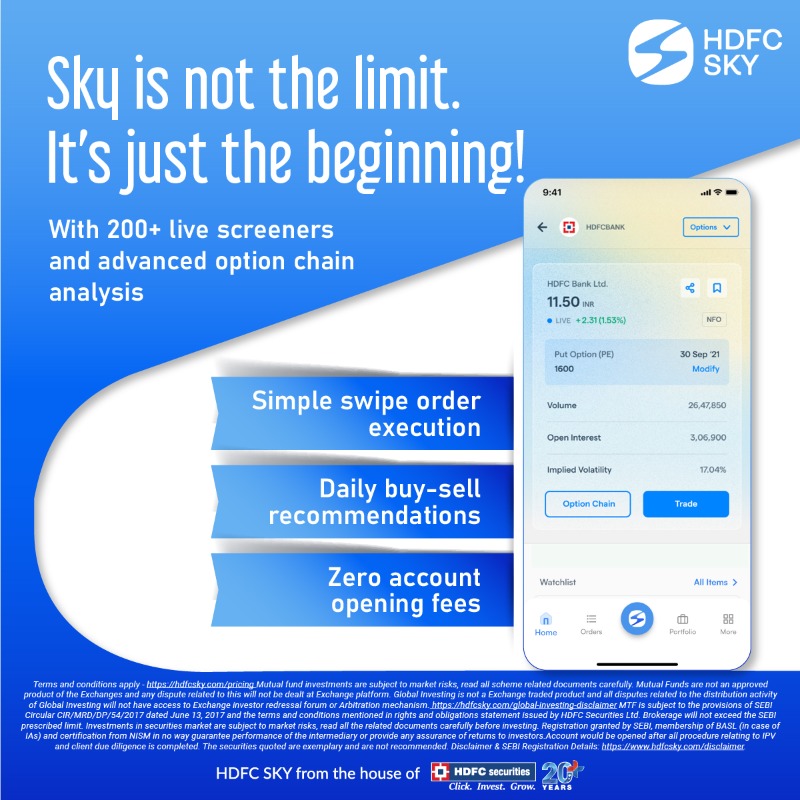In the grand cinematic narrative of your life, the main character (being you, of course) would never be involved with tedious paperwork, hour-long queues, or over-complicated systems. The main character would navigate through financial obstacles with the ease and convenience everyone wishes they’d have, with dreams within their reach and opportunities knocking on every door.

Sounds great, doesn’t it? So what’s stopping you? Burdened by credit card debt, struggling to survive paycheck to paycheck, your savings dwindling the drain faster than your dreams have.
With the swipe of your finger and tap of a screen, watch your life transform. Instead of worrying about the sweltering heat outside or the endless queues in your bank – download a personal loan app.
Now, you might have questions, but we have the answers. Why online loan apps? What great difference would they be from loan sharks or worse? What if all they have is the same complicated systems but on a small screen instead?
Get rid of all your doubts while exploring how these handy digital tools provide accessibility and convenience with reasonable interest rates and more, all in this one article. Read ahead to know more!
- Speed: Unlike traditional bank loans, a lone app features speed and efficiency. Loan applications are processed faster, and funds are delivered to your bank account more quickly – systems that would have taken days or weeks before are all rapidly managed in a business day.
- Flexibility: Personal loan apps understand that each individual has different financial needs – allowing you the flexibility to borrow money in amounts ranging according to your convenience. Whether you need a small emergency loan or a larger debt consolidation loan, you know loan apps will have it all.
- Transparent fees: Decisions involving money always require a double check. Therefore, sit with ease, as your instant personal loan app provides you with all the valuable tools and information you require to calculate your EMI, offering transparency regarding interest rates and any processing fees. With a detailed breakdown of your next financial step, online loan apps allow you to make well-informed decisions and more strategic financial choices.
- Security: Advanced end-to-end encryption and strict data protection protocols guarantee the security of your personal data and financial information and, for most of us, a good night’s sleep as well.
Using advanced methods of protection, such as the use of a PIN or biometric logic, loan apps safeguard all your financial transactions and sensitive data from potential breaches and unauthorized access.
- Keep Track: Avail all your necessary information and details on your personal loan app. ‘Easy and convenient’ being their motto – enjoy straightforward access to vital information such as outstanding debt balances, payment due dates, and a clear record of your loan amount.
With new and exciting features always being updated, notifications keeping you informed, and ensuring you never miss a payment, the loan apps don’t just simplify loan management for you but also promote financial discipline, contributing to your financial stability.
To conclude, HDFC Loan assist, Axis bank loan app & many other apps, offer the perfect end to your financial success story. What’re you waiting for? Download a personal loan app today!







